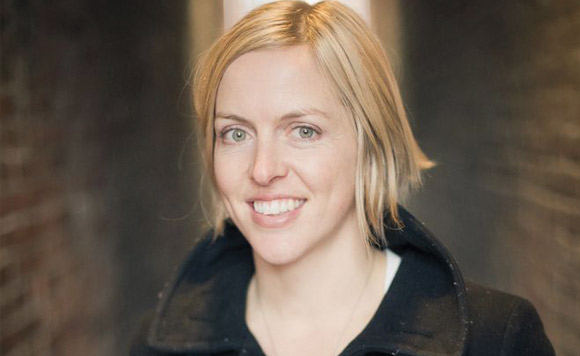by Bianca Bodley, Biophilia Design Collective LTD. –
A great landscape that will stand the test of time is both sustainable and attractive. In its creation, the designer should consider water conservation and habitat creation for birds and insects while at the same time creating a landscape that is unique, distinct, attractive, and complements the architecture and personality of the buildings it surrounds.
The landscape is not only an extension of the home but should be seen as a continuous system with the home in order to be as sustainable as possible. If the landscape design is conceived of at the same time that the home is being planned, there is an opportunity for the full potential of the site to be realized. For example with regards to water conservation: storm-water management systems within the landscape can best be coordinated with the roof and gutter design. In doing so, the process of harvesting and utilizing storm water can be made beautiful through the integration of rain gardens, bio-swales and water features rather than just utilitarian water capture and storage.
To create the healthiest and most inspirational home environment, the integration of plants should extend into the residence in the form of interior atriums and courtyards, living walls, rooftop patio space and of course the land around the home. A cohesive plan (considering the landscape with the house plan) will also take into account sun exposure and wind in order to optimize sheltered locations for seating and full sun locations for food production.
One of the first stages in the design process is to understand how the landscape will be utilized, be it for entertaining, active recreation or simply to enjoy experiencing the view without the need to spend too much time on maintenance. With these lifestyle objectives identified as the focus of the design, I then work towards them through the lens of sustainability. It is also very important to me that a landscape has unique elements that reflect the client’s personality, be it through pieces of art or sculpture or through the style and composition (classic or contemporary).
I believe the most important element of a good design is cohesiveness and flow and that the materials used within it are long lasting and timeless. This is reflected in our work through an inclination towards using materials in their original form. I love to use steel and concrete as well as wood that isn’t painted or stained. I believe there is both an honesty and timelessness to this approach. Our design approach harkens back to a time where the raw elements themselves were the focus of beauty; water, stone, fire, metal, and timber are unified by cohesive plantings to create texture and softness. With these focal points we create spaces that make people want to come outside and feel playful, centered, and at peace.
For more information visit www.biophiliacollective.ca.




